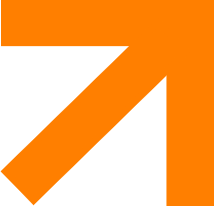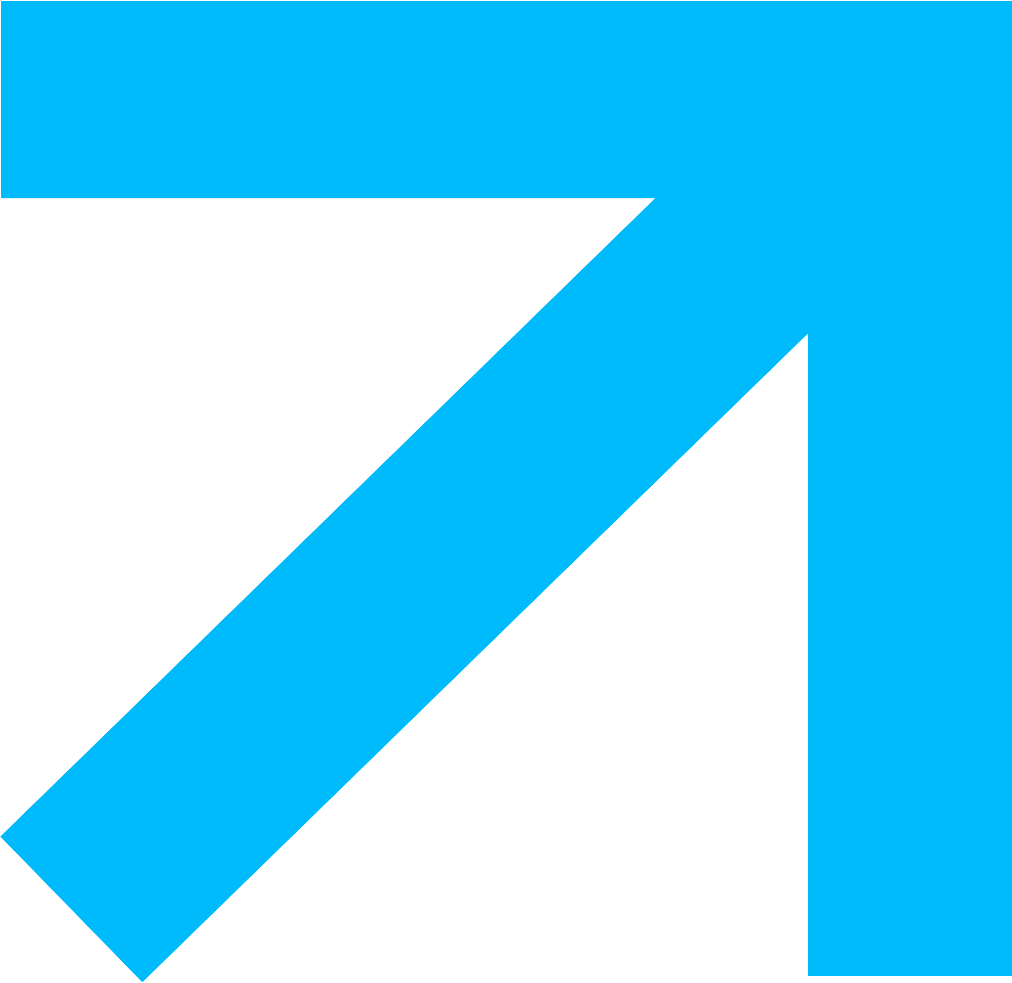Frequently Asked Questions
These are a few of the questions we are usually asked but, if there is something you are interested in, that we haven't answered here, by all means get in touch.
How do I know where to focus my process improvement?
You will undoubtedly know where the pain points are within your supply chain function. The question is, what is causing them? Sequoia can work alongside you to establish what the drivers of performance are, and where the focus should be to turn things around. We do this using a diagnostic approach, having first listened to the issues you have identified. Our solutions often include a mix of Tools, Process and People / Skills recommendations, which we can work with you to realise.
How do I resolve conflicting KPIs?
We all know the Supply Chain is full of trade-offs. KPIs simply don't recognise this, often focusing solely on one aspect and missing the "other side" of the trade-off equation. However, measuring performance is also essential. Understanding the interactions between differing KPIs (along with the ones that don't help at all!) will enable you to balance the weighting and open up mature discussions about the end to end performance of your supply chain.
What should my forecast accuracy be?
Our honest answer...who knows?! However, we can tell you whether your forecast process is adding value to your business. Sequoia have developed a unique methodology that allows you to measure the value that your demand planners or commercial teams are adding to their forecasts...and also where they are not! Our Forecast Value Add metric reflects the characteristics of each SKU which leads to a realistic assessment of whether the forecasting process is doing a good job - irrespective of the degree of forecast accuracy that is being achieved. Clients find that it is a valuable insight and facilitates the identification of opportunities for improving the forecasting process.
How can I improve my S&OP process?
The S&OP Process is often where clients struggle. Success is an empowered team, communicating effectively and using an appropriate level of data over the right horizons to make informed decisions. Our S&OP work ensures our decision makers have complete visibility, using dynamic dashboards to fully assess the impact of decisions on both the Commercial and Supply functions. As effective communication lies at the heart of a successful Sale and Operations Planning process, we also incorporate Management Drives® to help understand individual and team communication and working styles. This in turn facilitates the identification of practical techniques for enhancing the decision-making process.
How do I understand more about your inventory management tool OnTarget?
OnTarget is the Gold Standard of inventory management tools - used to really understand the opportunities for refining your inventory holding. You can check out our website dedicated to OnTarget here: www.sequoiaontarget.com . Really, the easiest way is to set up a call where we can talk you through the offering and provide a demo so you can see the impact it can have on your customer service, working capital and planning success.
If we are implementing SAP IO, how can you help us?
SAP IBP is sufficient if you have "well behaved" high volume SKUs. The challenges come when your demand patterns are perhaps seasonal, where understanding the risk of obsolescence is important, where variability is high, or you have intermittent demand; or any parameters which mean that unrefined approaches don't work. This is where OnTarget comes in. We have built OnTarget to deal with the real issues that face planners, with functionality that enables them to gain and maintain control of inventory, then moving to improving and optimising the working capital deployed by the business, whilst maintaining or improving availability.
What other tool do you use or offer?
We are expanding our offering all the time. Within the OnTarget suite we are developing EBQ tools to enable you to trade off the frequency with which SKUs are made with the cost of changeovers. We also have some smart ways of assessing forecast performance and focusing improvements to achieve positive forecast value add (R) sometimes we use partner tools such as AIMMS or Simio. We can build bespoke tools for clients if their question is unique. And yes, we often deploy machine learning to help us answer some of the trickier questions!
How do you deploy AI in your tools?
We focus We have been using machine learning techniques for over 2 decades, so we have a lot of experience of what works and what doesn't. We can deploy AI approaches to refine outputs too. At the heart of our Tools approach is Numerically Assisted Thinking - which means we will never suggest answers that we can't explain to clients - which also aligns with our core value of Empowerment Through Understanding.
How long do your training courses last?
We can deliver everything from a 2.5 hour "Bite Size" slot to liven up your Supply Chain (or other) event through to tailored 3-day programmes for up to 40 delegates.
Do you tailor your training?
We always conduct interviews with key stakeholders before agreeing a course programme with you. In that way we can outline the best approaches to ensure delegates take away actionable insights. For example:
- We may conduct some focussed analysis prior to the training, steering away from "just theory" to explore your Supply Chain realities
- Or you may wish to include our coaching and behavioural insights to really ensure the team can deliver on the latest challenges
You mention coaching: how does that work?
We are trained master practitioners in using Management Drives, a tool which provides insights for individual, teams and leaders. Want to know why it is hard to get traction on a certain issue, we can find the keys to unlock greater understanding of one-another, leading to more effective teams and easier cross-functional decision-making.
What subjects do you cover?
We focus on explaining the WHYs of Supply Chain dynamics; looking at uncertainty and risk, the trade-offs and how to articulate them and we challenge some embedded thinking (and the poor results that may ensue) within your KPIs too!
Can’t find the answer you’re looking for?



